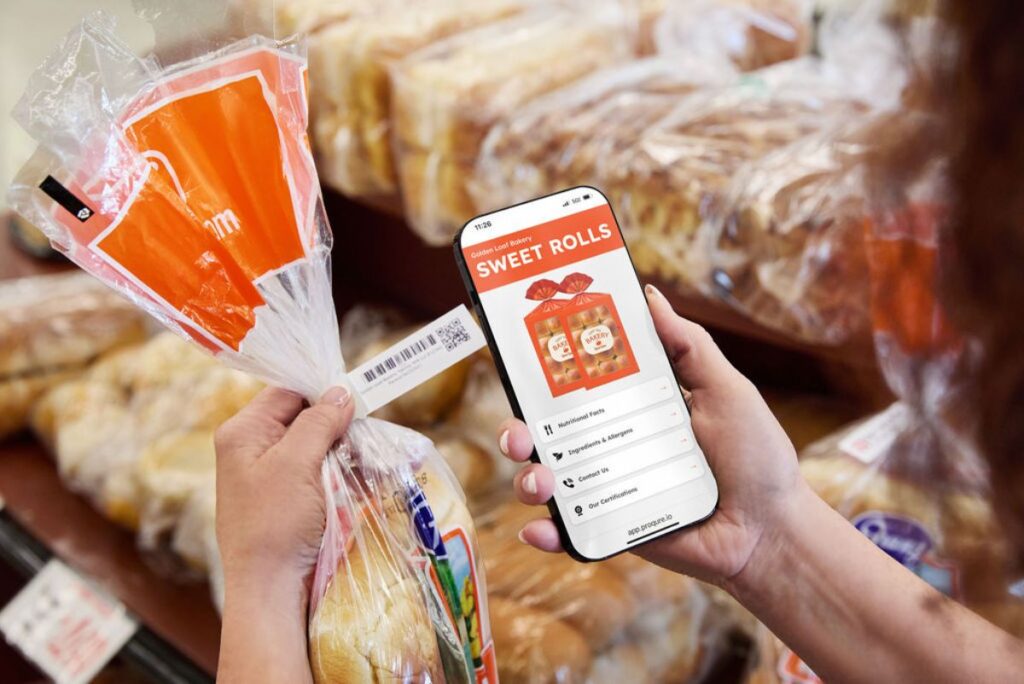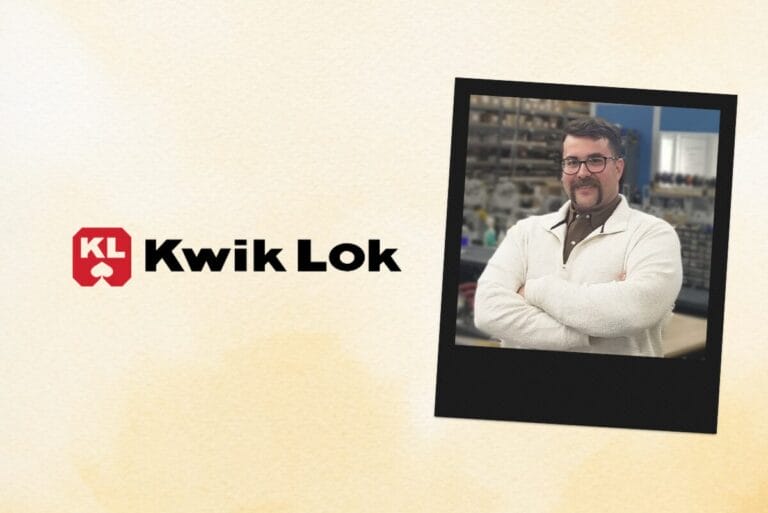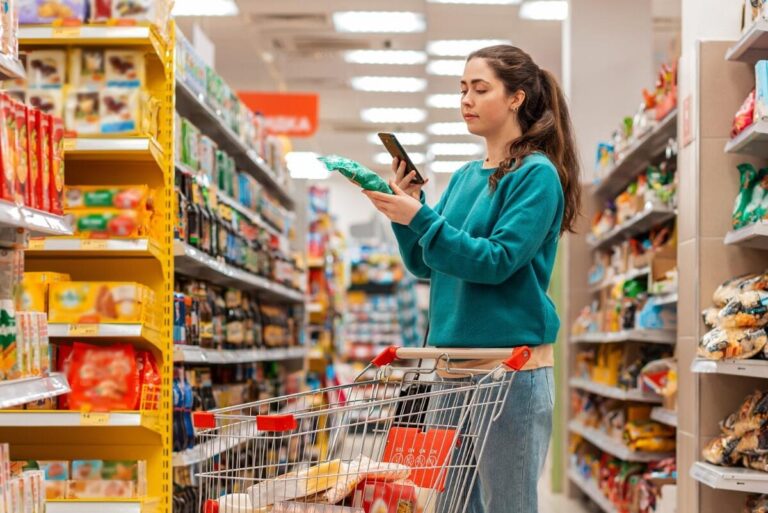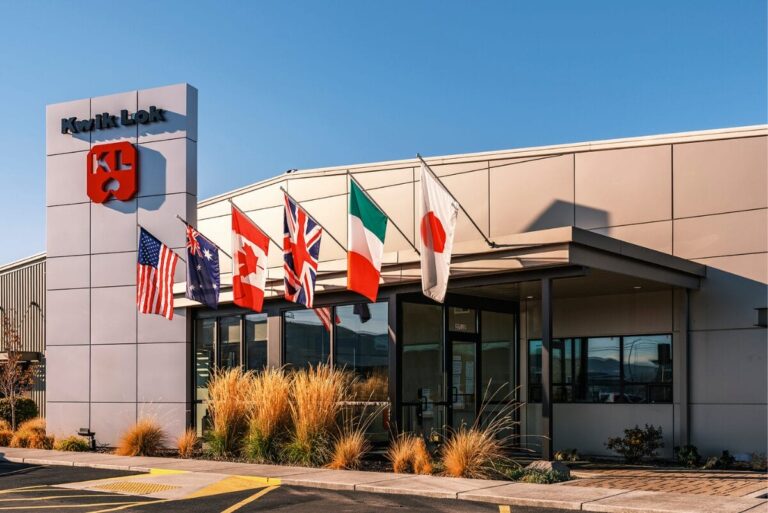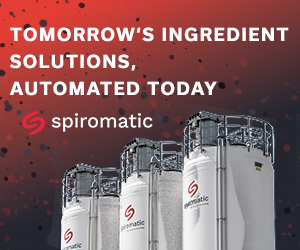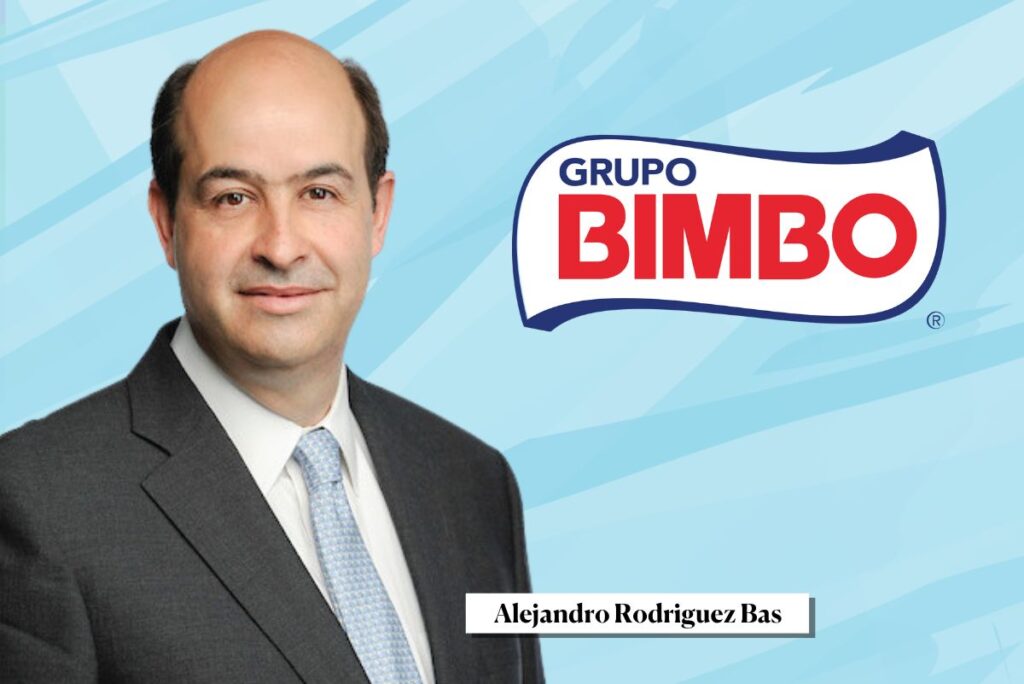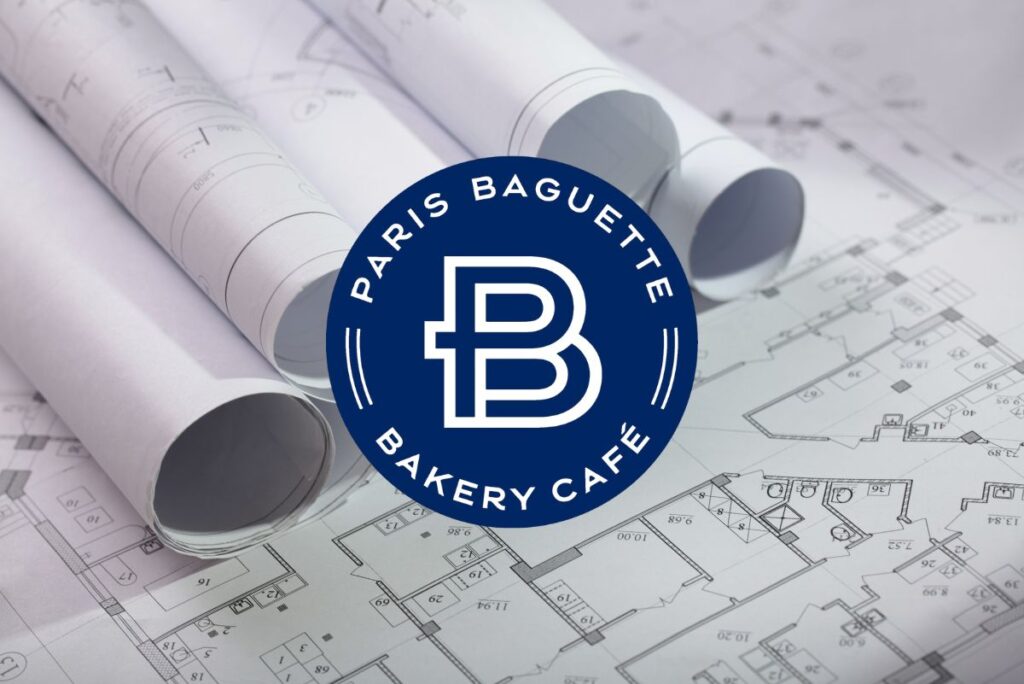LAS VEGAS — It’s on the horizon. Sunrise 2027 — the initiative from barcode governing body GS1 — will bring a revolution to the point of sale (POS) at retail outlets around the world.
Nearly 50 years since the first UPC was scanned, GS1 will standardize the voluntary use of 2D barcode technology, further enhancing not only how consumers and retailers interact with CPG products, but also forever changing the role supply chain plays in every finished product.
“What do standards really allow us to do?” said Chris Latta, director of business development for Kwik Lok, a global manufacturer of bag closures and equipment, during an education session at the International Baking Industry Exposition, held Sept. 13-17 in Las Vegas. “First and foremost, it’s about the beep. We want to make sure when our products reach stores, we reduce friction and ensure the product scans and consumers will come back and repurchase those products.”
While barcodes have historically measured the life of a product at the beginning and end of the supply chain, modern traceability needs are demanding more access to information at nearly every point in the chain.

